-
 © Caterham
© Caterham -
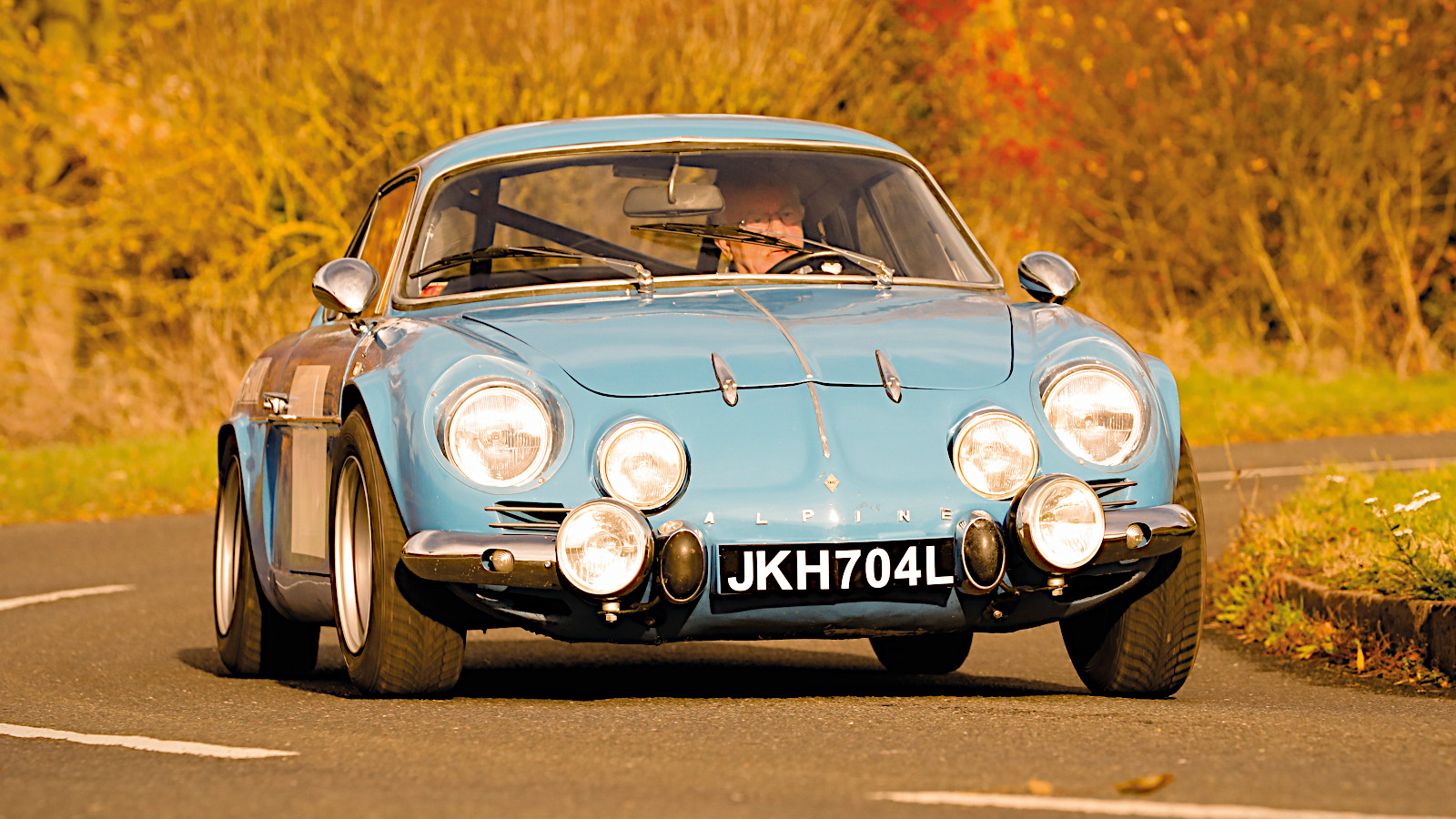 © Tony Baker/Classic & Sports Car
© Tony Baker/Classic & Sports Car -
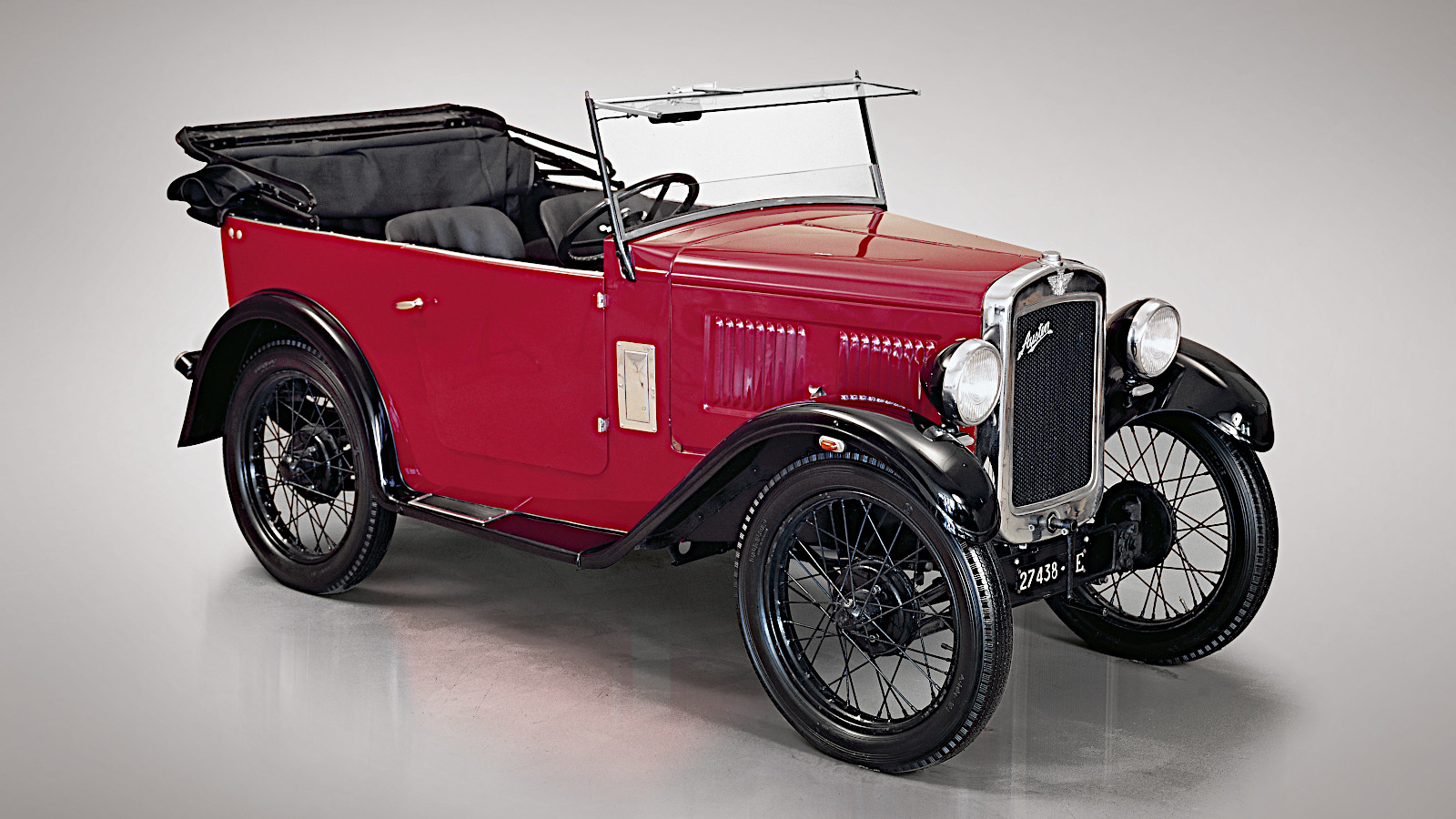 © RM Sotheby’s
© RM Sotheby’s -
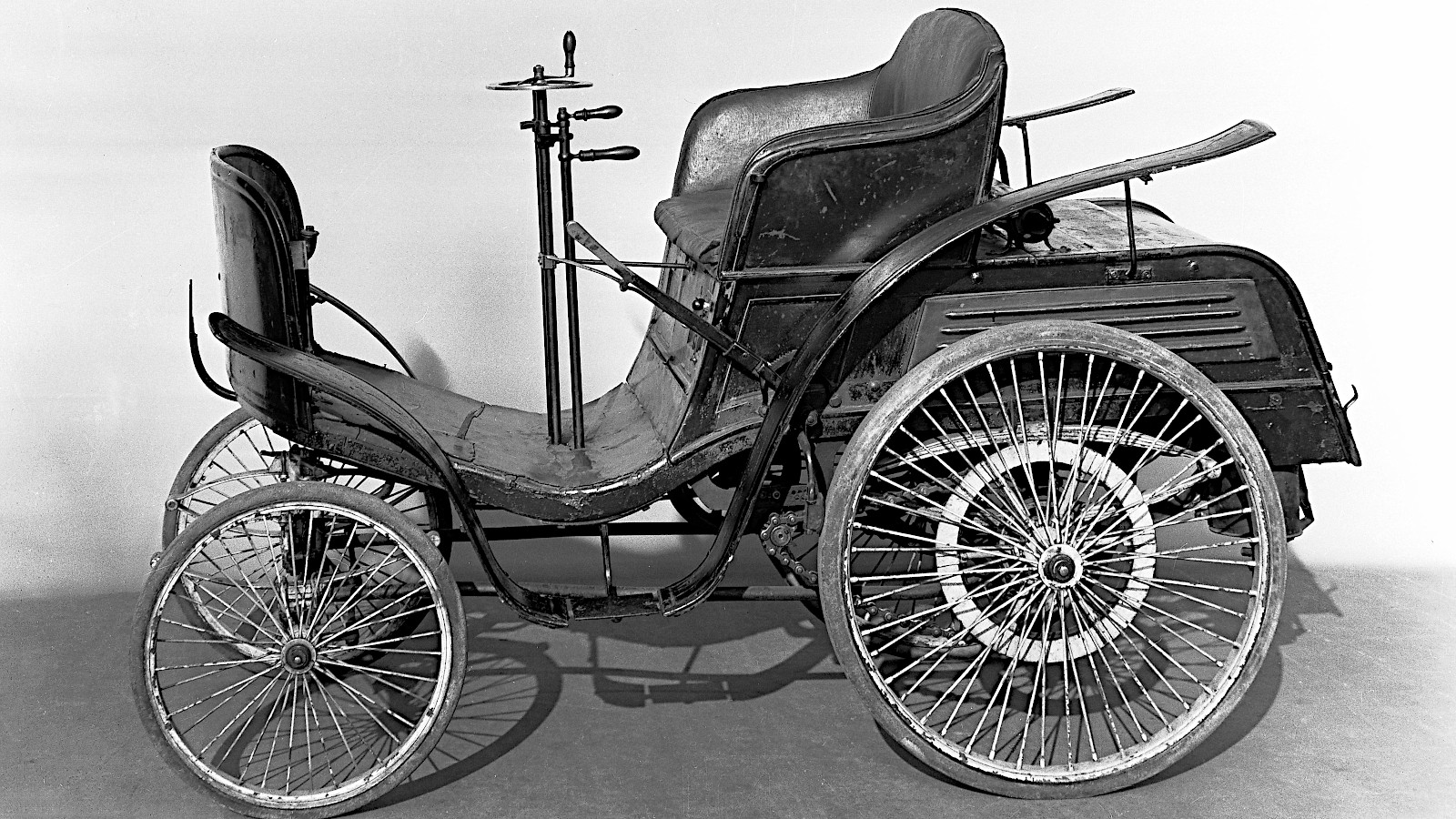 © Daimler
© Daimler -
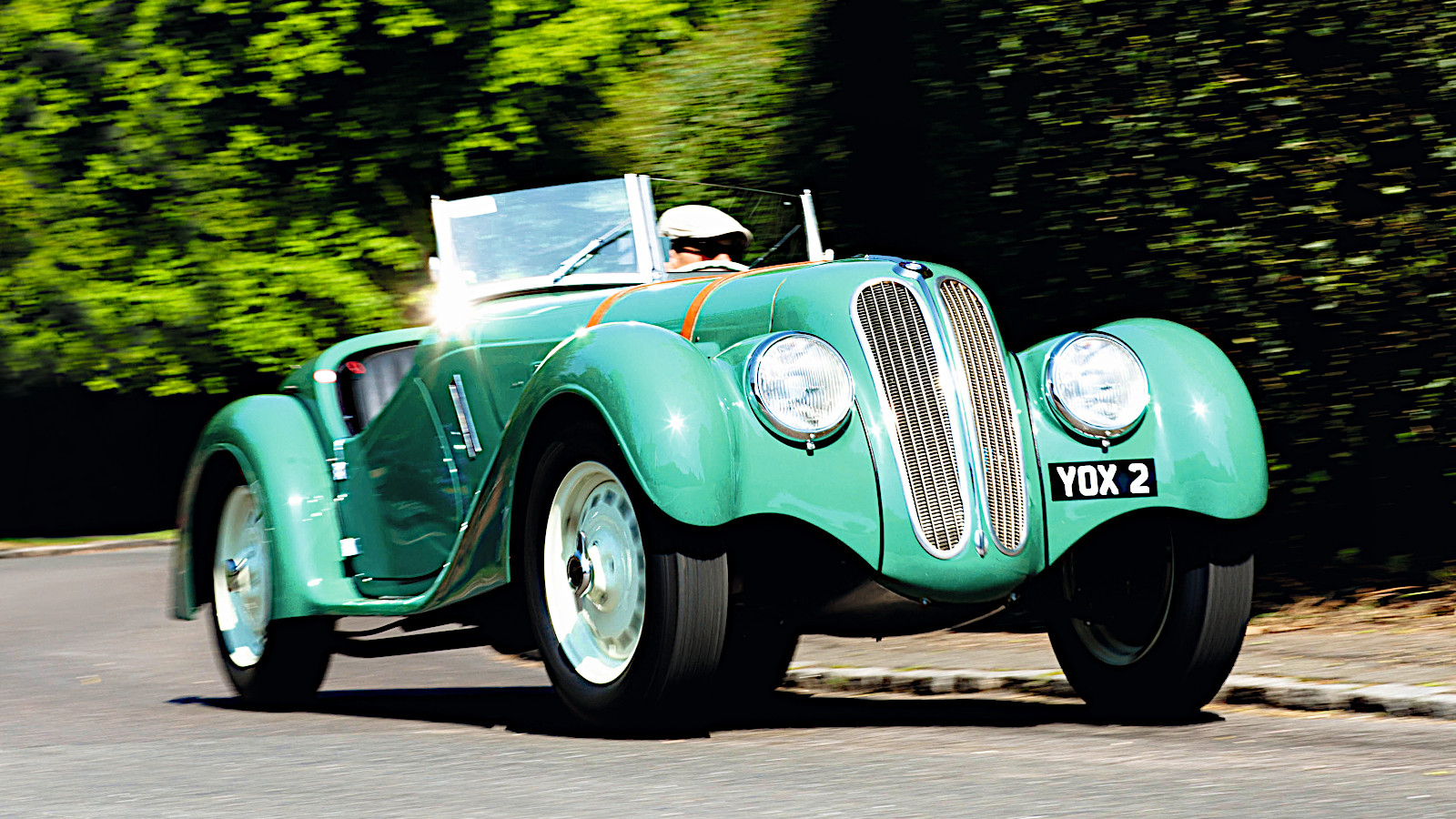 © Malcolm Griffiths/Classic & Sports Car
© Malcolm Griffiths/Classic & Sports Car -
 © RM Sotheby’s
© RM Sotheby’s -
 © Tom Gidden/RM Sotheby’s
© Tom Gidden/RM Sotheby’s -
 © Ford
© Ford -
 © Robert Knight/Creative Commons licence https://creativecommons.org/licenses/by-sa/2.0/legalcode
© Robert Knight/Creative Commons licence https://creativecommons.org/licenses/by-sa/2.0/legalcode -
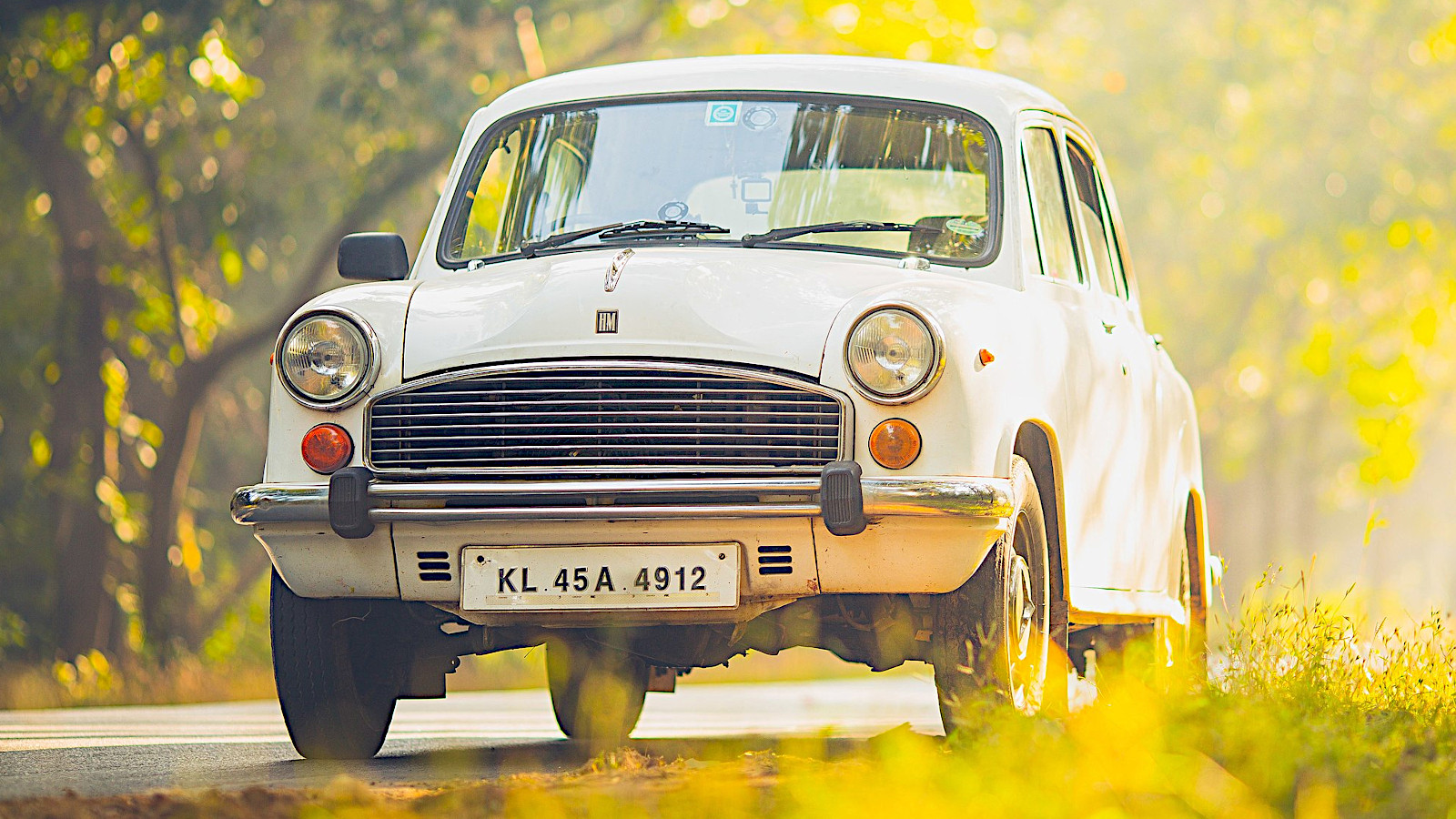 © Jan Joseph George/Creative Commons licence https://creativecommons.org/licenses/by-sa/4.0/legalcode
© Jan Joseph George/Creative Commons licence https://creativecommons.org/licenses/by-sa/4.0/legalcode -
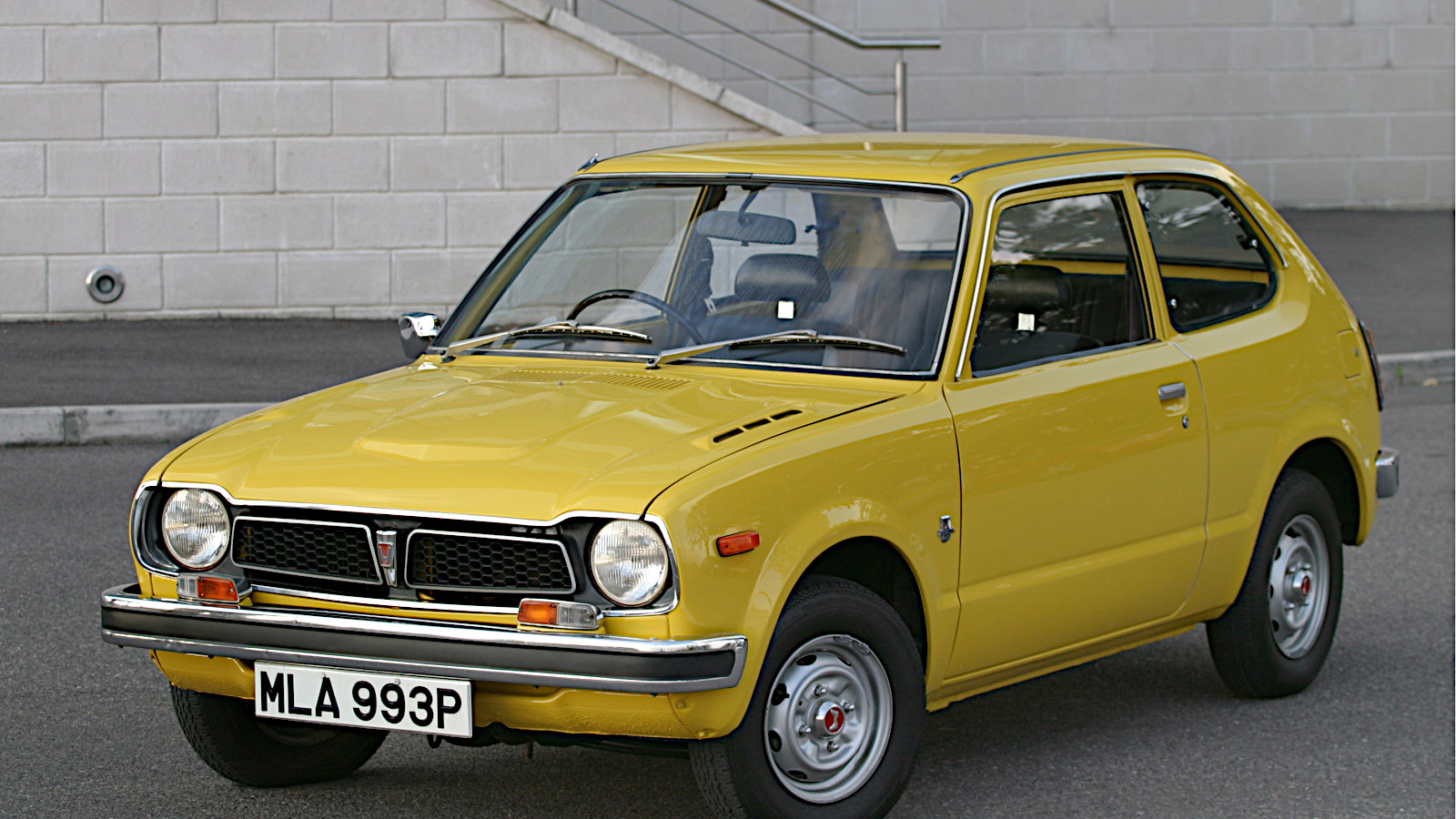 © Honda
© Honda -
 © Hyundai
© Hyundai -
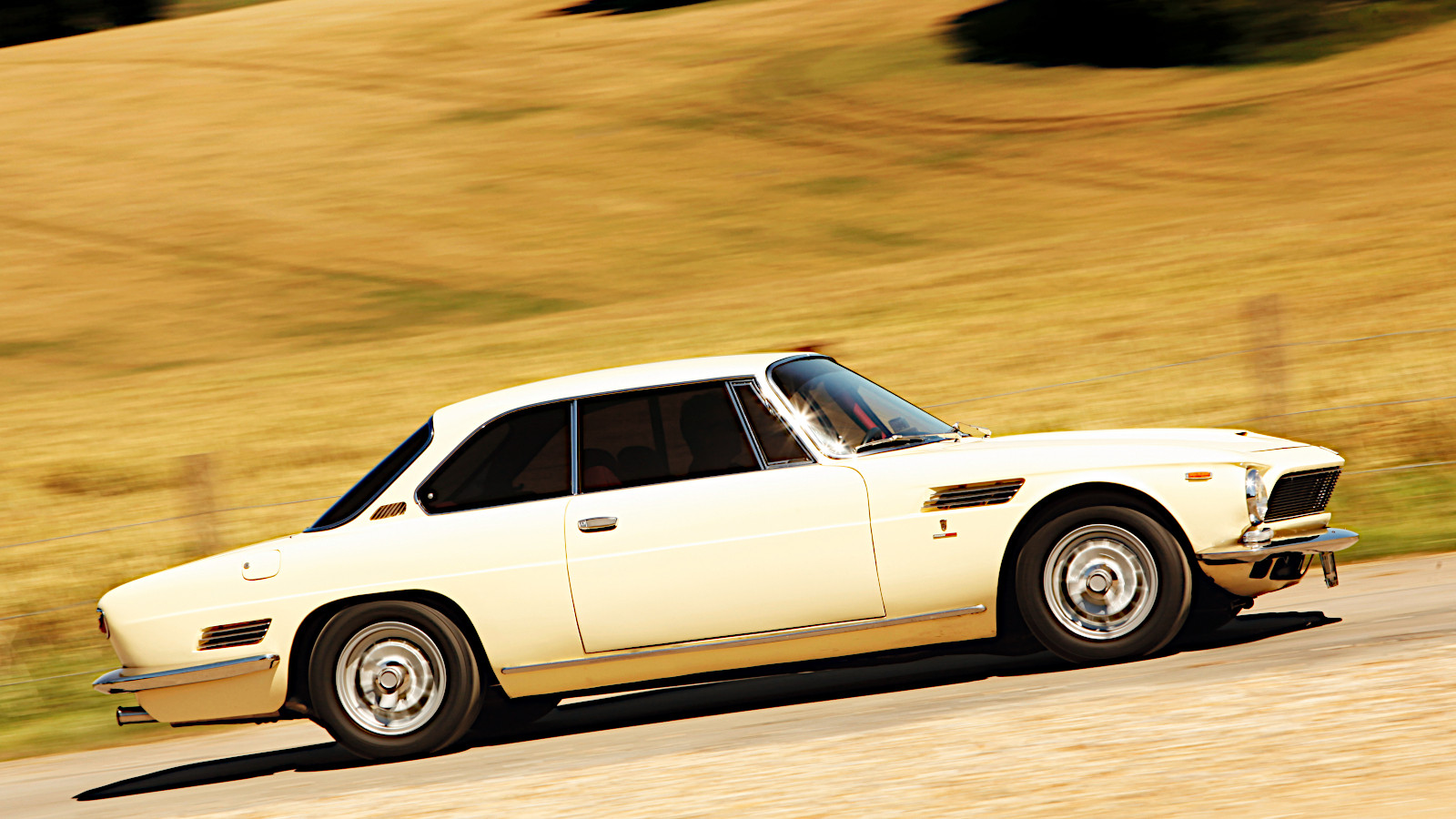 © Tony Baker/Classic & Sports Car
© Tony Baker/Classic & Sports Car -
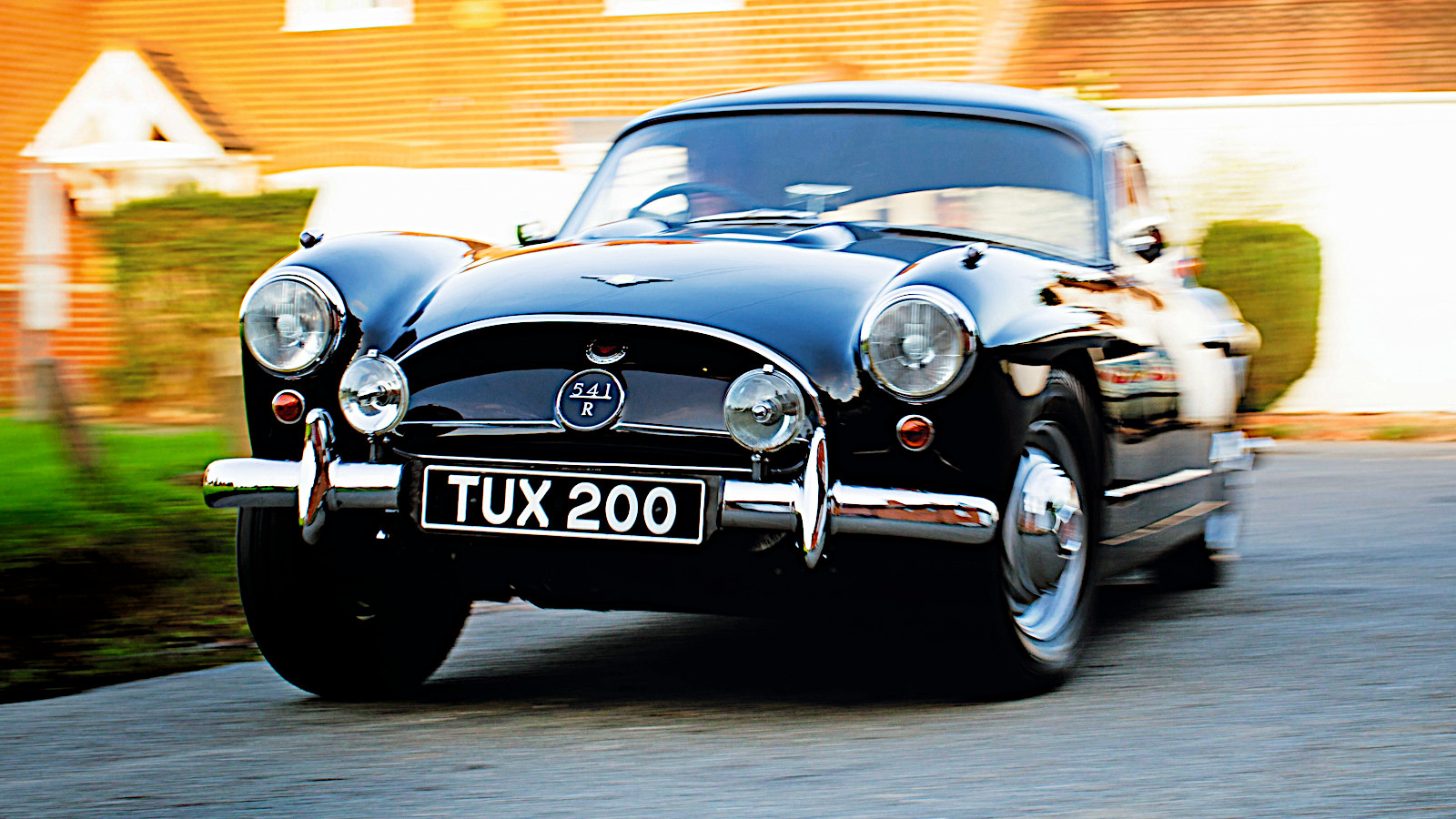 © Malcolm Griffiths/Classic & Sports Car
© Malcolm Griffiths/Classic & Sports Car -
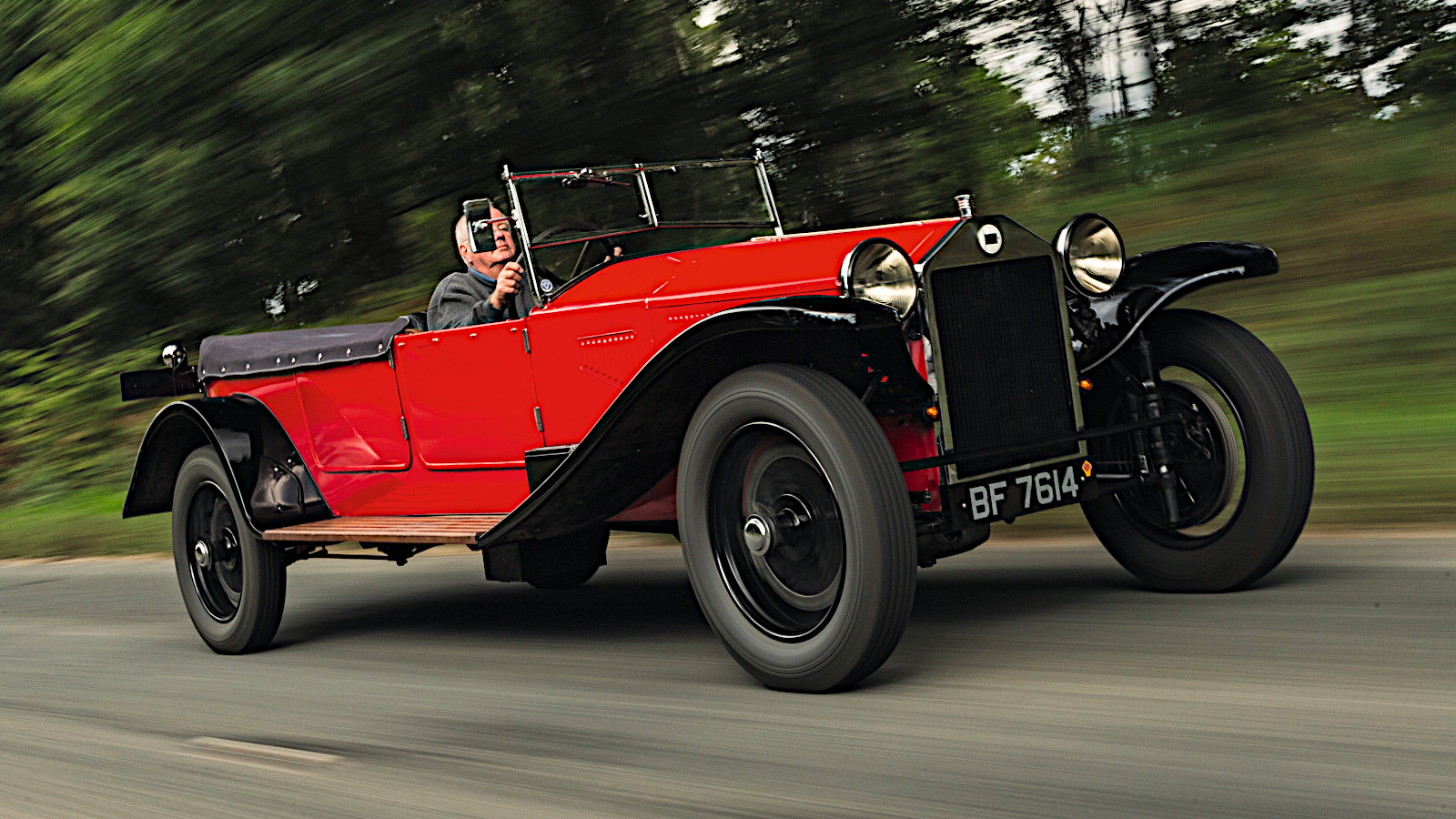 © Luc Lacey/Classic & Sports Car
© Luc Lacey/Classic & Sports Car -
 © Caterham
© Caterham -
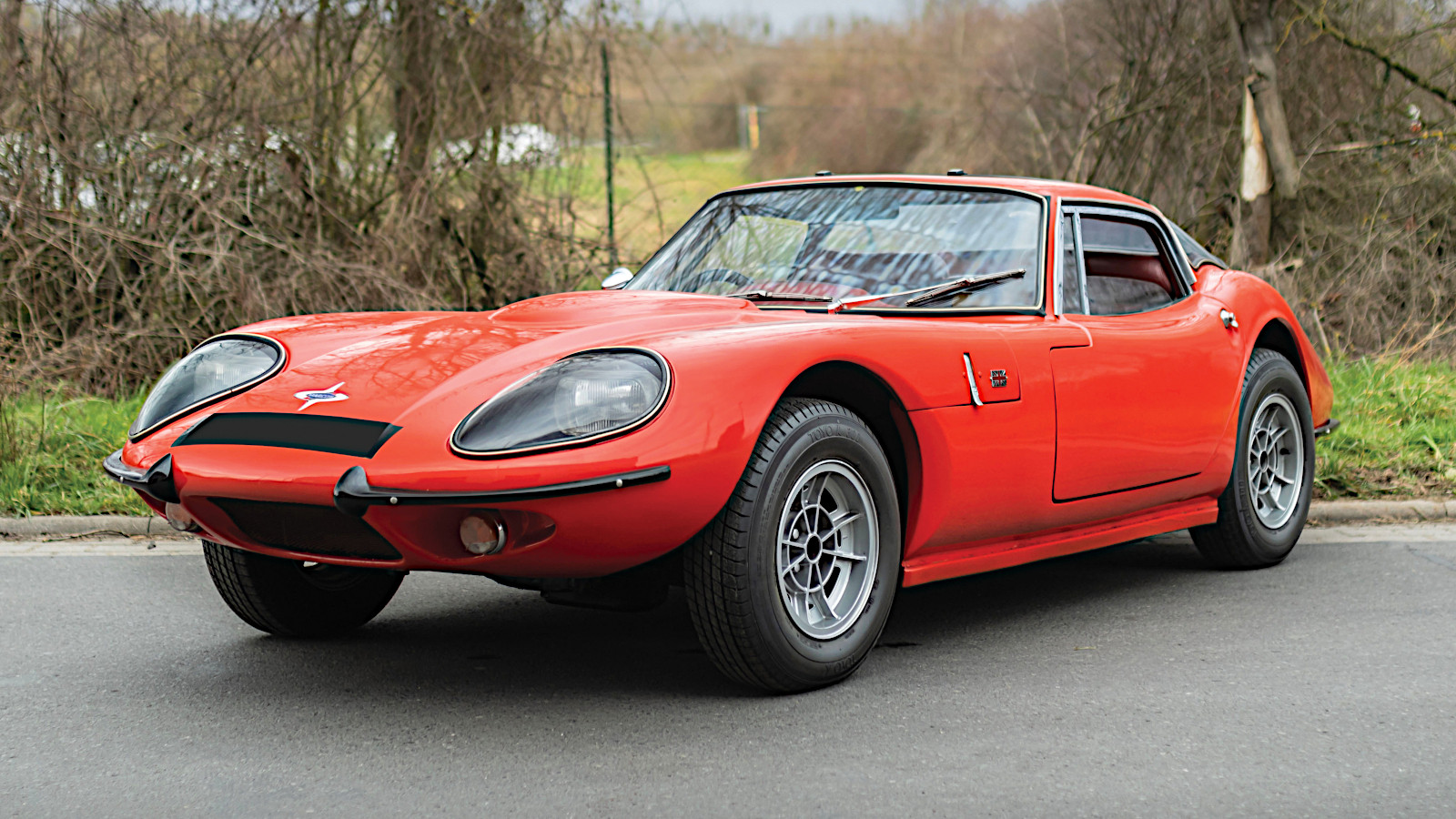 © Diana Varga/RM Sotheby’s
© Diana Varga/RM Sotheby’s -
 © Tony Baker/Classic & Sports Car
© Tony Baker/Classic & Sports Car -
 © Tony Baker/Classic & Sports Car
© Tony Baker/Classic & Sports Car -
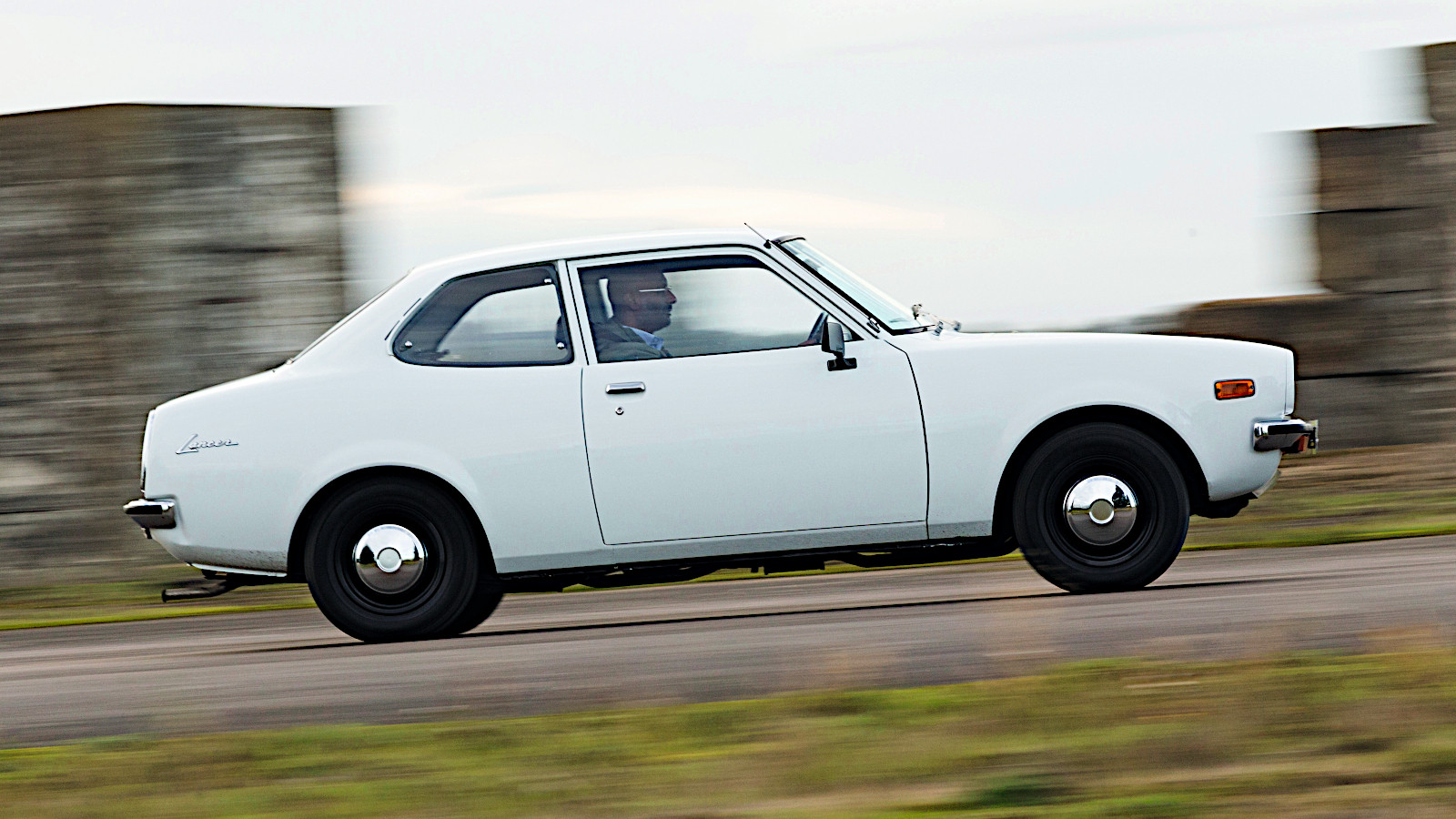 © Luc Lacey/Classic & Sports Car
© Luc Lacey/Classic & Sports Car -
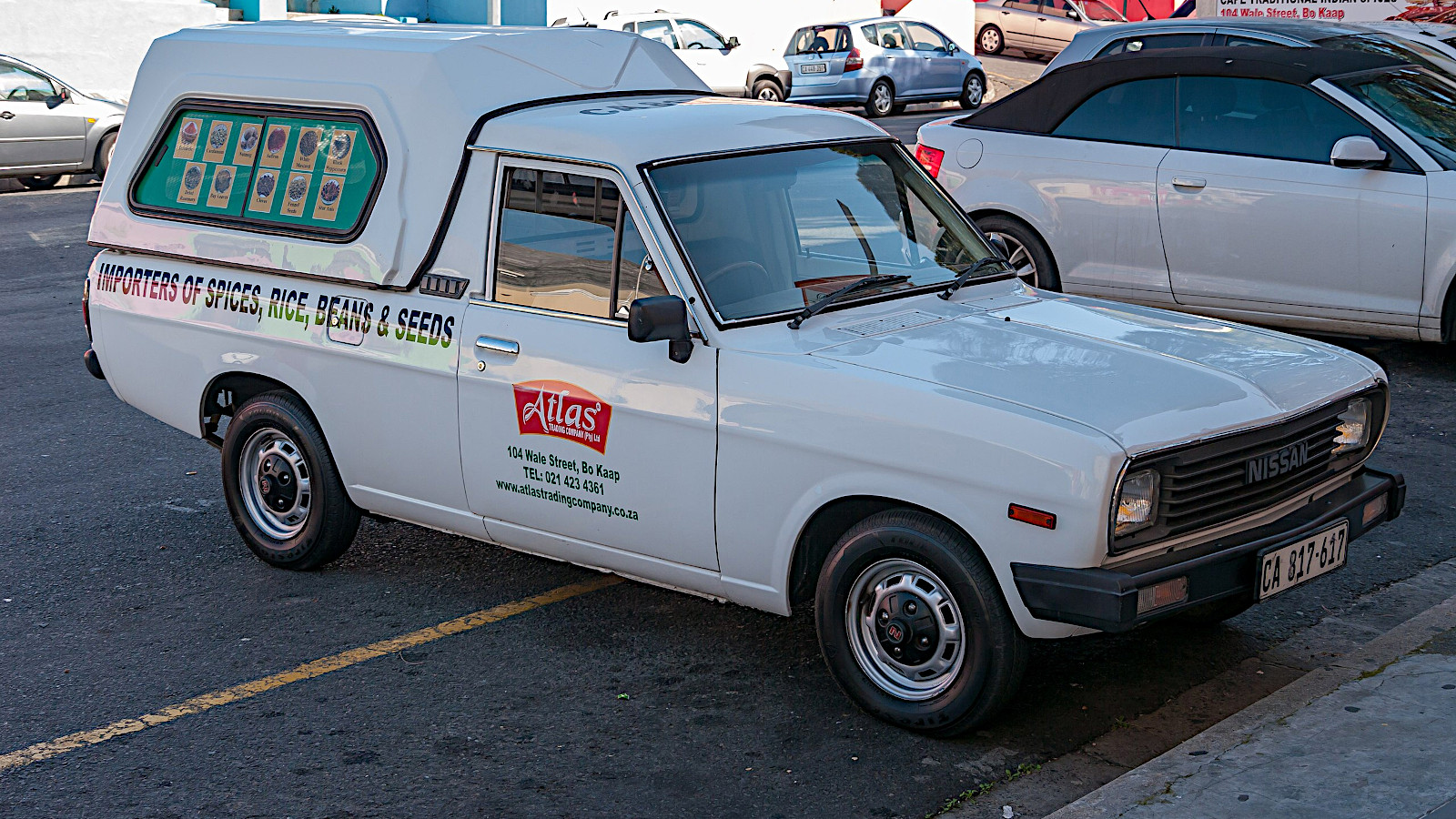 © Matti Blume/Creative Commons licence https://creativecommons.org/licenses/by-sa/4.0/legalcode
© Matti Blume/Creative Commons licence https://creativecommons.org/licenses/by-sa/4.0/legalcode -
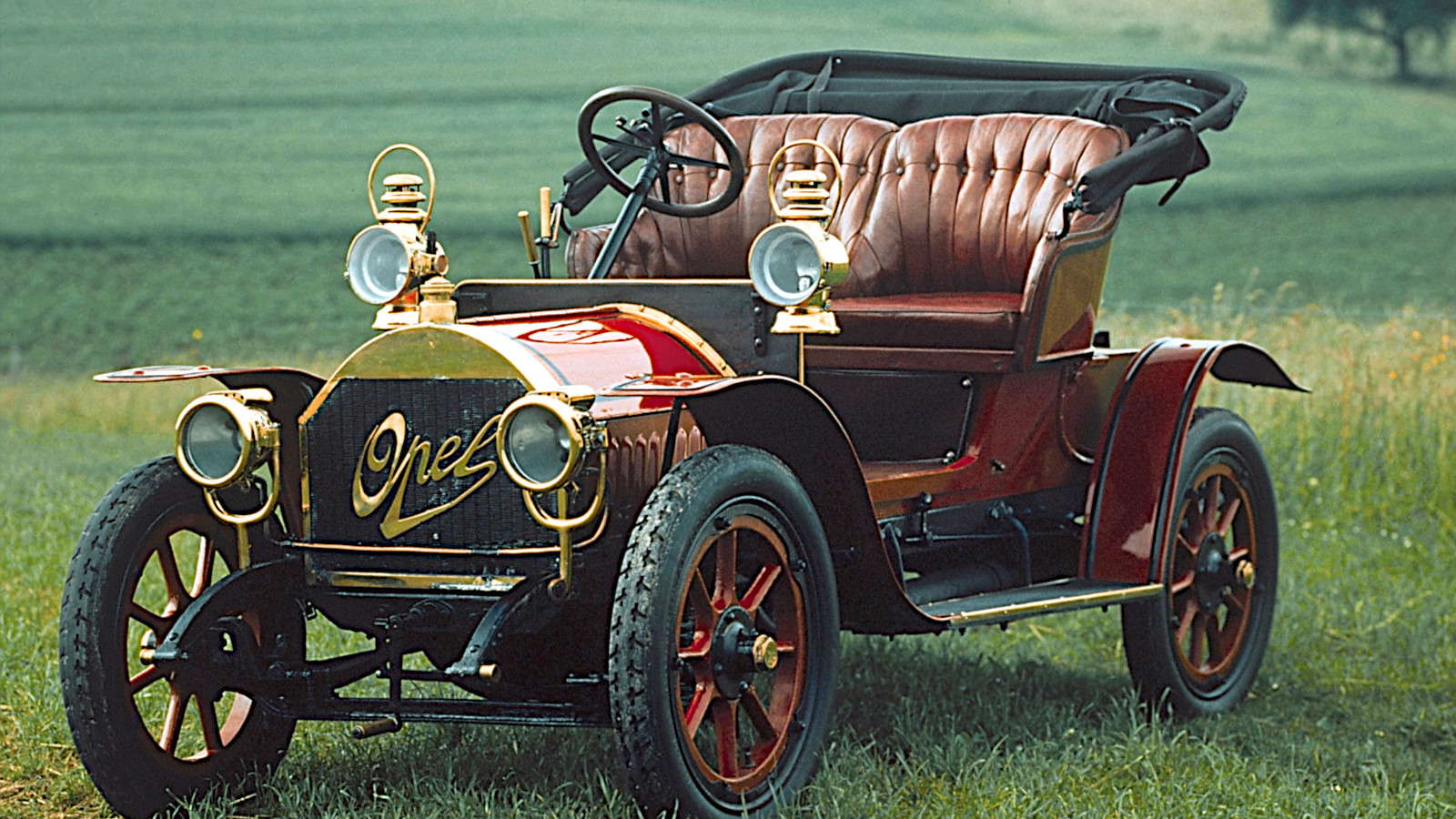 © Stellantis
© Stellantis -
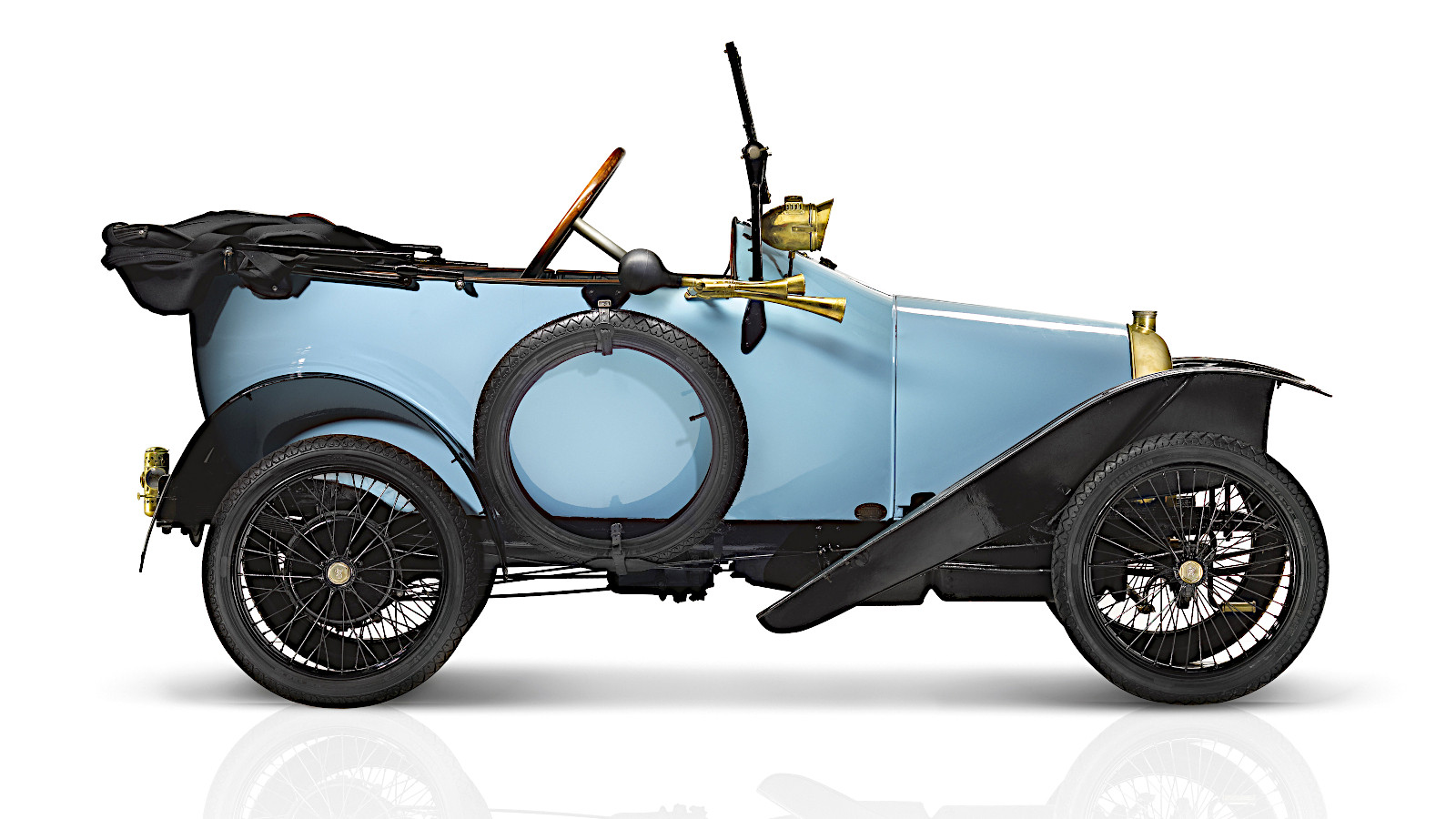 © Peugeot
© Peugeot -
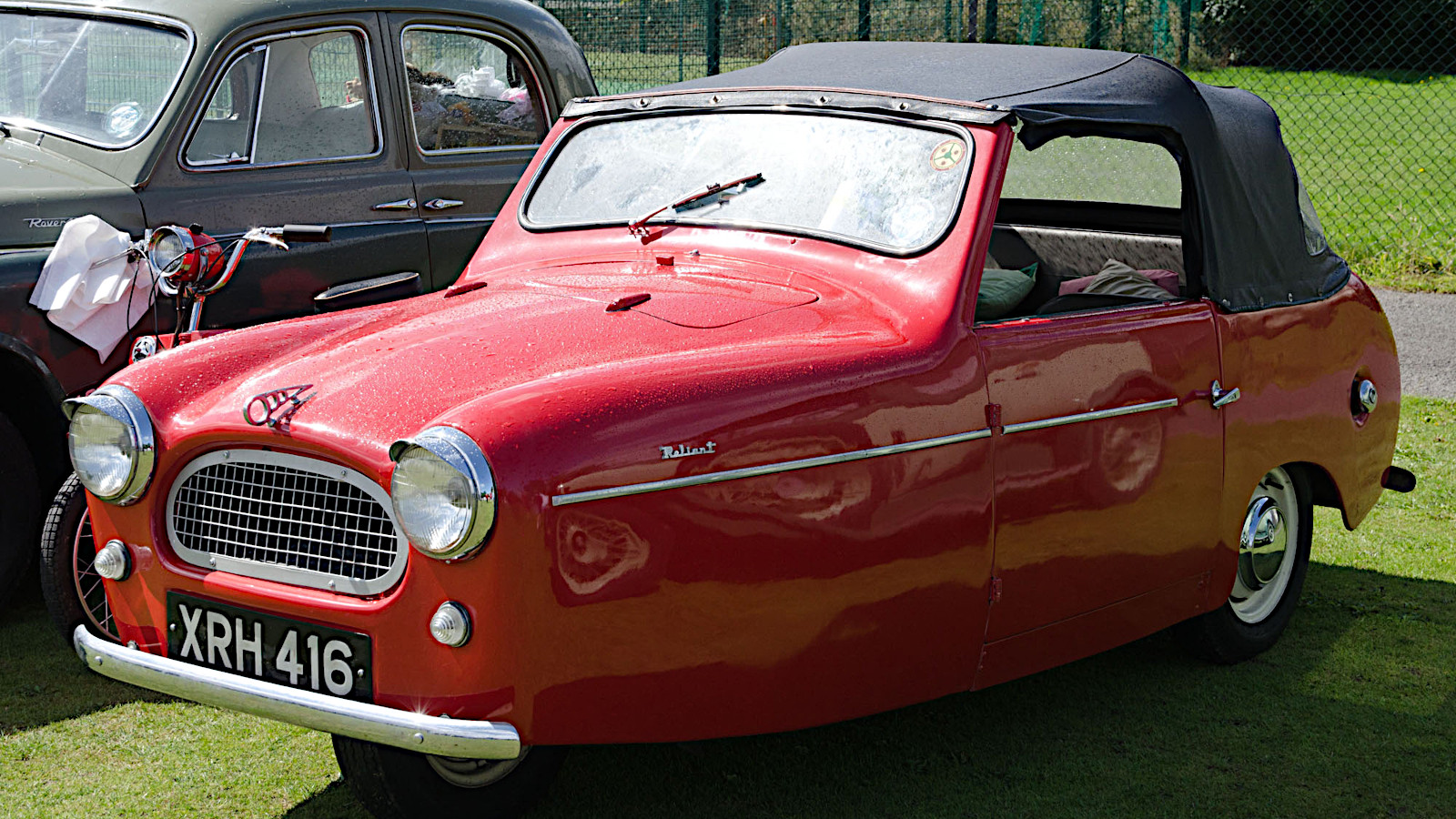 © SG2012/Creative Commons licence https://creativecommons.org/licenses/by/2.0/legalcode
© SG2012/Creative Commons licence https://creativecommons.org/licenses/by/2.0/legalcode -
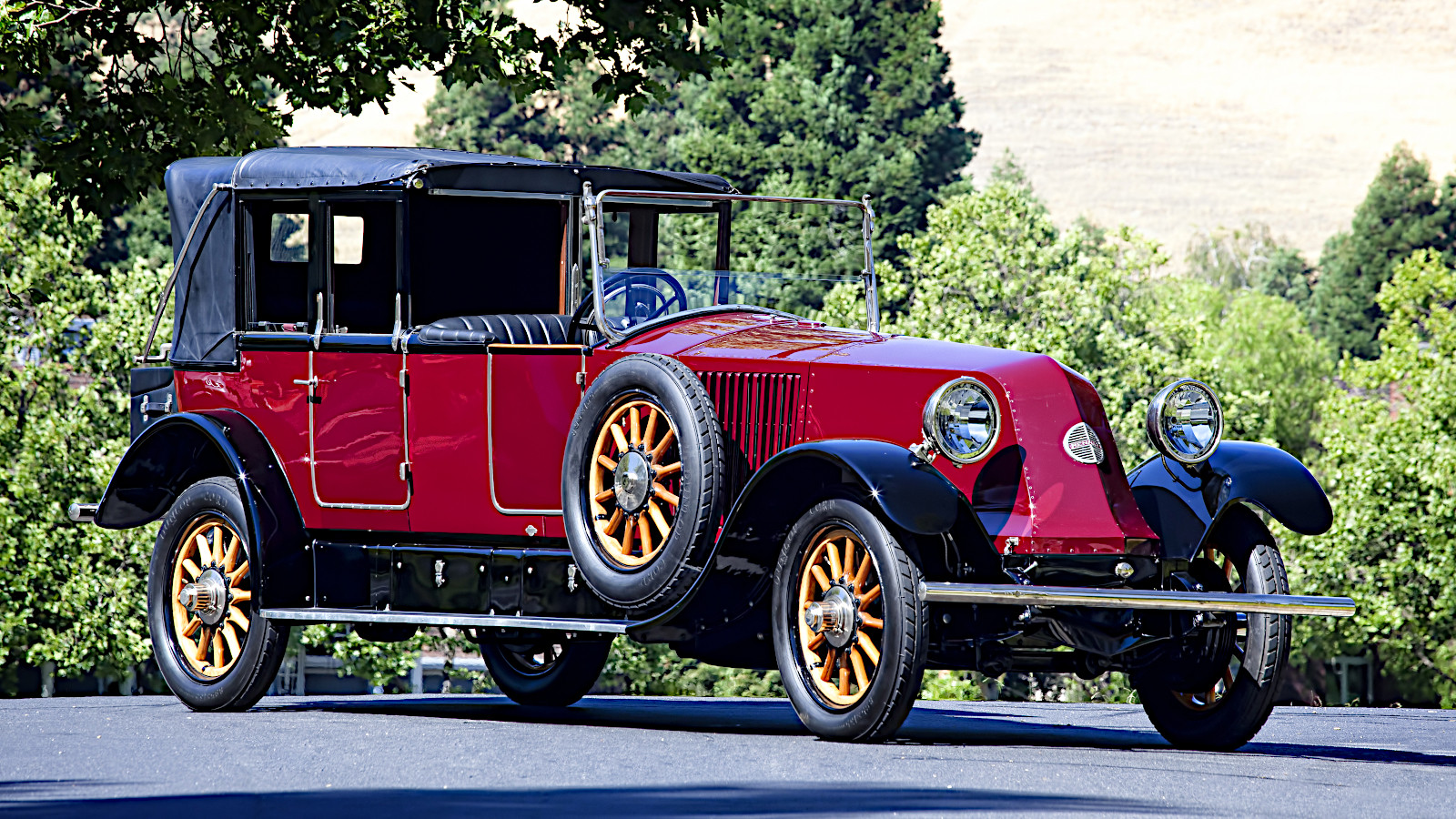 © Neil Fraser/RM Auctions
© Neil Fraser/RM Auctions -
 © Classic & Sports Car
© Classic & Sports Car -
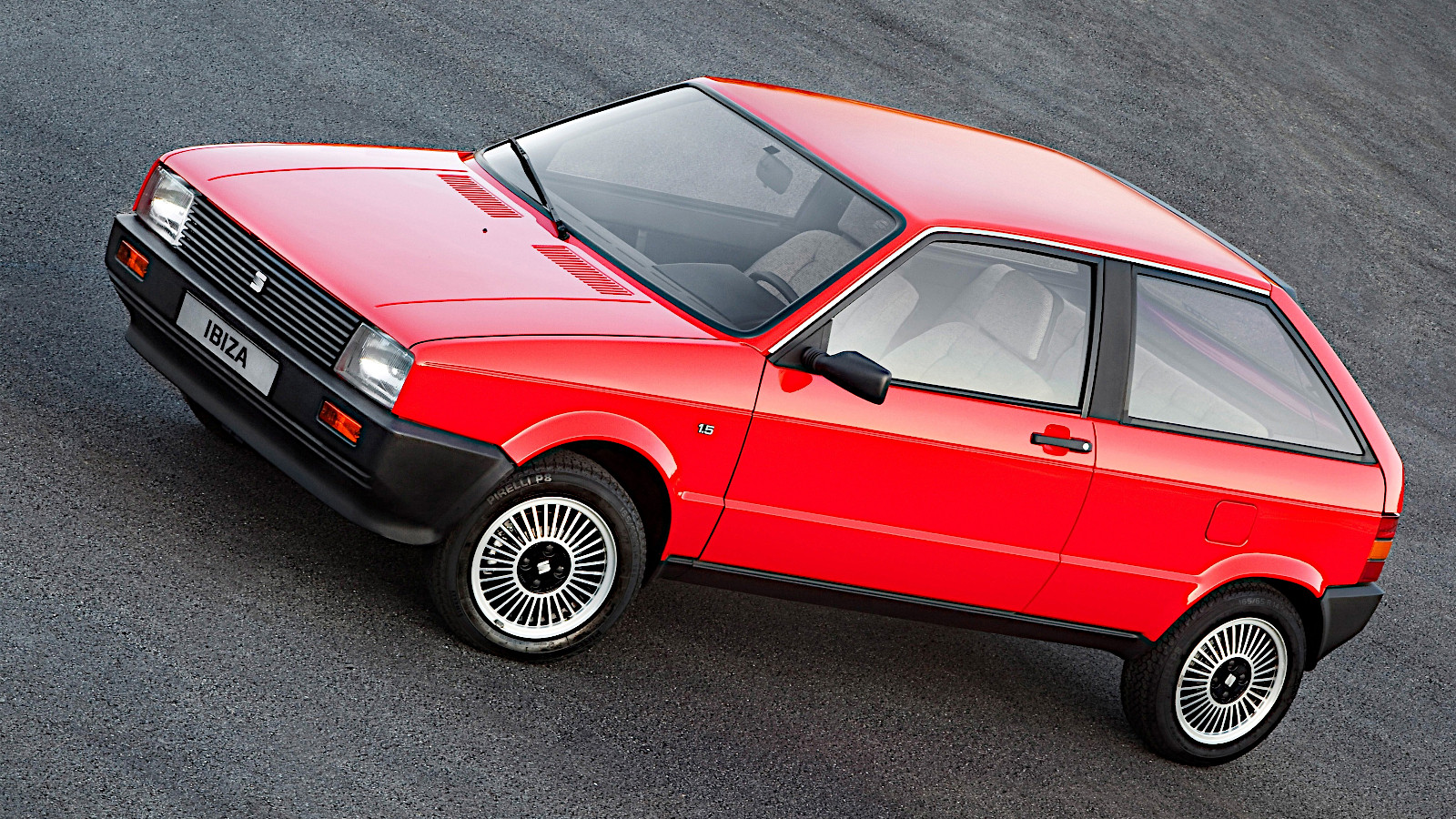 © Seat
© Seat -
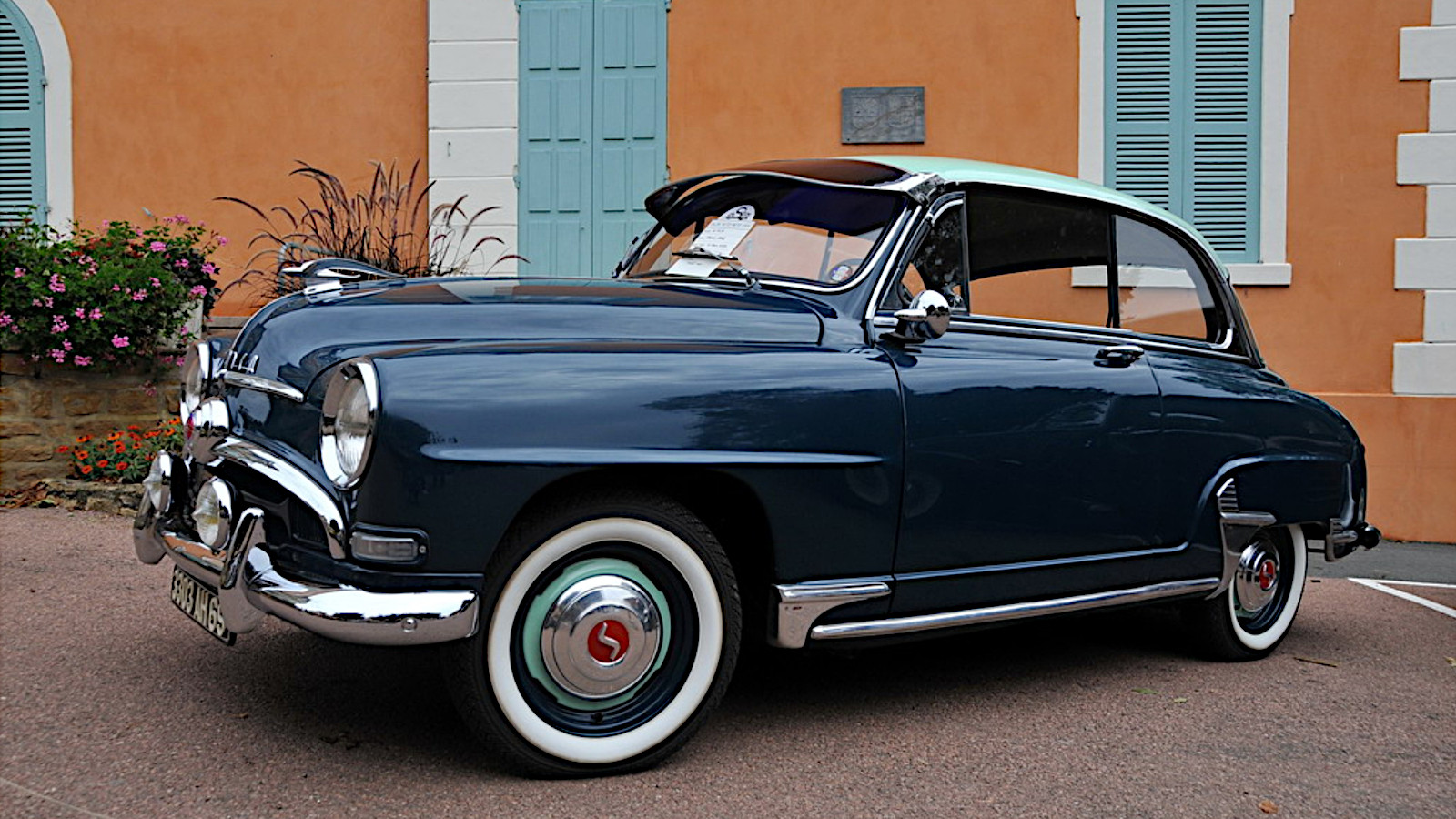 © FaceMePLS/Creative Commons licence https://creativecommons.org/licenses/by/2.0/legalcode
© FaceMePLS/Creative Commons licence https://creativecommons.org/licenses/by/2.0/legalcode -
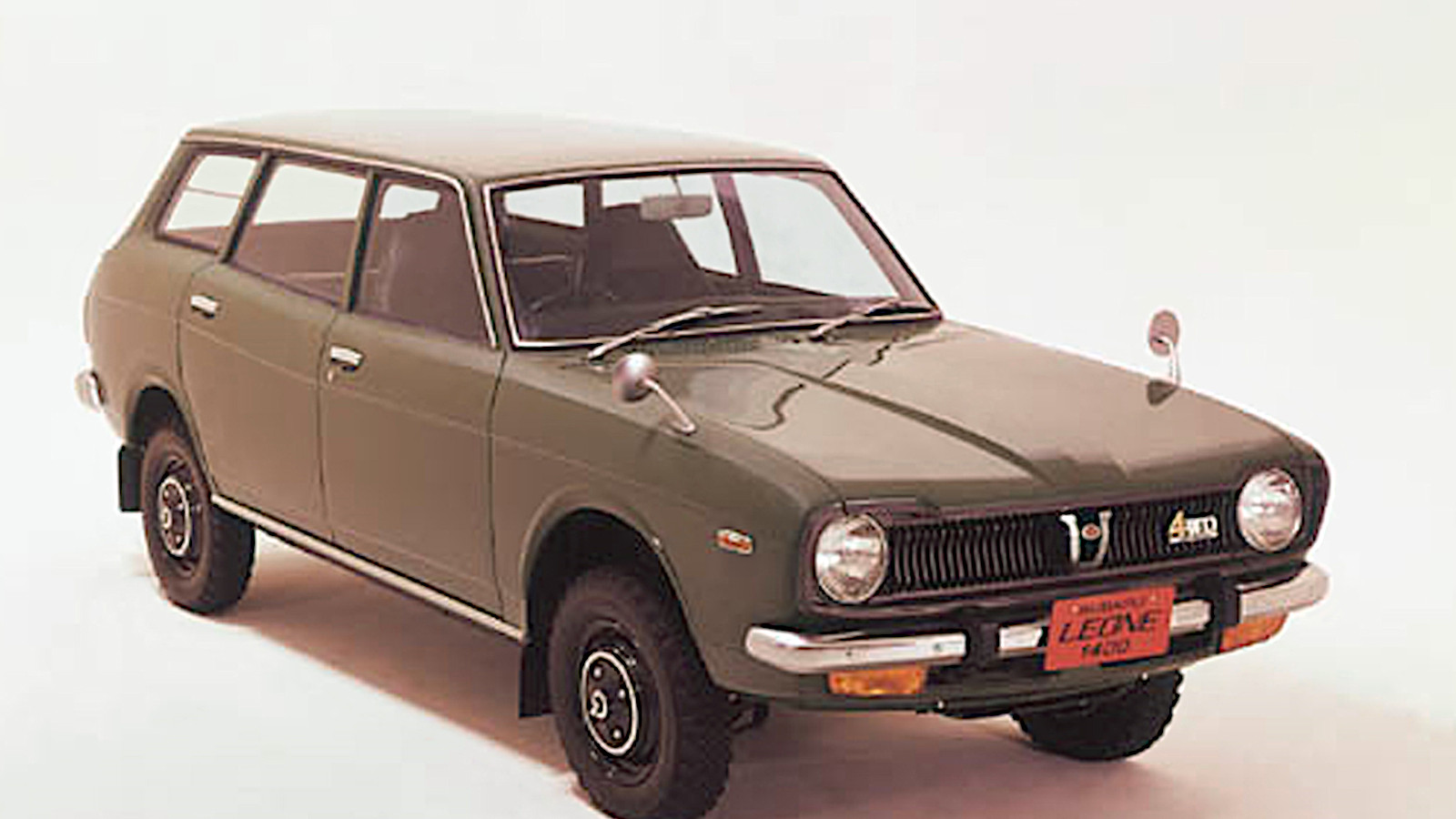 © Subaru
© Subaru -
 © Hackworth Photo/Creative Commons licence https://creativecommons.org/licenses/by-sa/2.0/legalcode
© Hackworth Photo/Creative Commons licence https://creativecommons.org/licenses/by-sa/2.0/legalcode -
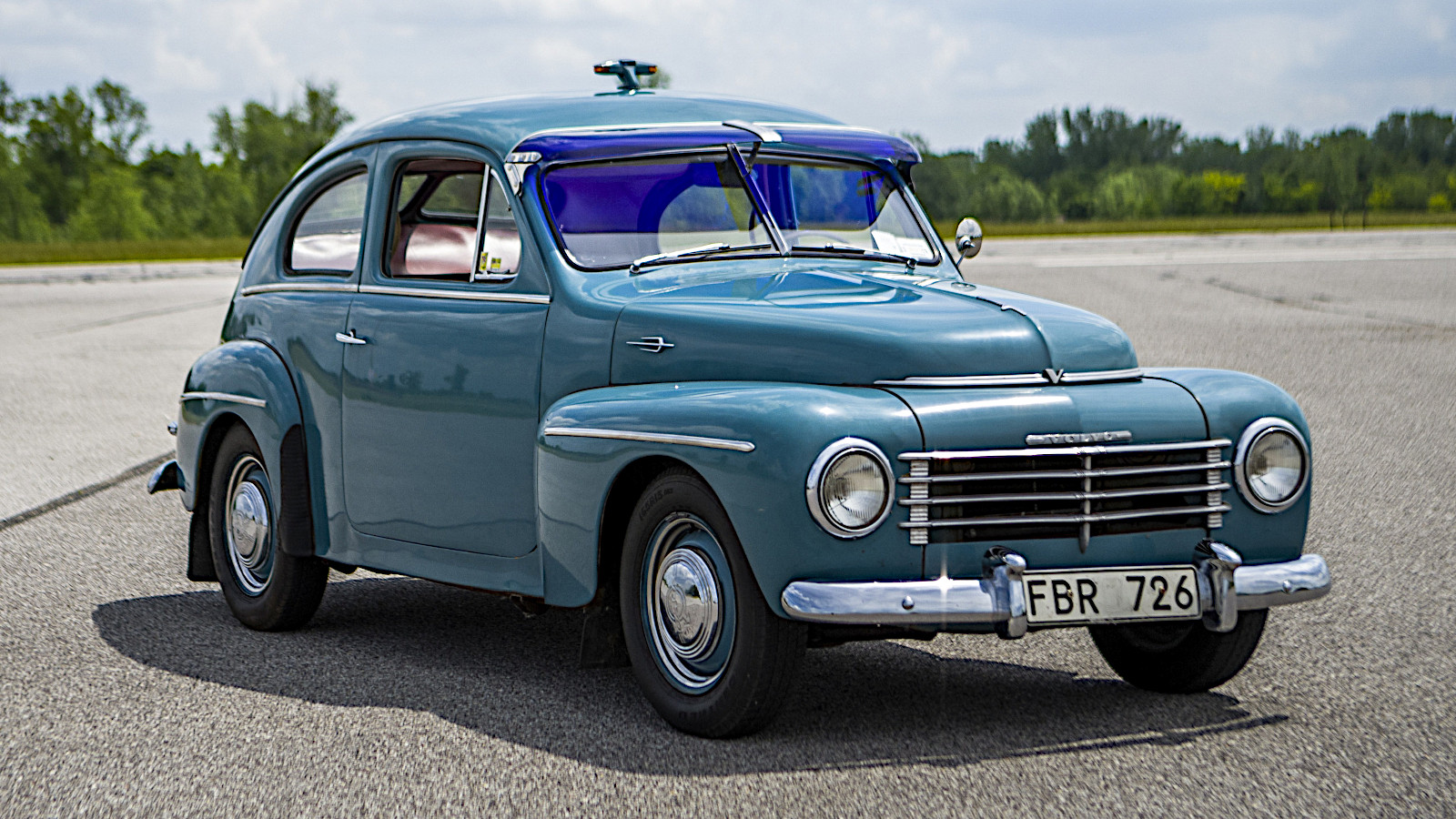 © RM Sotheby’s
© RM Sotheby’s
-
The car makers that took their time
Some manufacturers have the good fortune to hit the ground running with the very first car they produce.
The Bentley 3 Litre, Morris Oxford and Saab 92 are good examples of this, but for the rest of this article you won’t be reading about anything like them.
That’s because we’re concentrating instead on the late starts, which we’re defining here as the first successful models produced by brands created at least five years earlier.
We’re sure you can provide other examples, but here’s our choice of 30 from the 19th and 20th centuries, presented in alphabetical order.
-
1. Alpine A110
Alpine was created in 1955 by Dieppe Renault dealer Jean Rédélé, who built lightweight sports cars with Renault mechanicals.
The original A106 and its follow-up, the A108, were impressive in their way, but Rédélé hit the jackpot in 1963 with the A110.
To begin with, it was powered by the engine which Renault had introduced the previous year in the 8 saloon, the Caravelle roadster and the Estafette van, but Alpine later fitted the larger unit from the Renault 16.
With this on board, the A110 became, quite literally, a world beater.
In 1973, it was the most successful rally car on the planet, effortlessly batting away opposition from the Fiat Abarth 124 Rallye and Ford Escort RS 1600 to win the inaugural World Championship by a huge margin.
-
2. Austin Seven
Austin’s first car was the rather grand 25/30 of 1906, which was followed by several other models of varying size before the First World War.
It wasn’t until 1923, however, that Austin took its first step on the road to enormous success.
The Seven, which went on sale that year, was a ‘real’ (though cheap and very small) car which almost immediately blew apart the market for very much less convenient cyclecars.
By the time production ended in 1939, more than a quarter of a million examples had been built.
Not only was it a huge success in its own right, it also played an important early role in the histories of BMW, Lotus, McLaren and Nissan.
-
3. Benz Velo
Carl Benz set up an industrial-machines business in 1883 and, after several years of development, put his first car – the Benz Patent Motorwagen – on sale in 1888.
This was an epoch-making machine, but since only 25 were ever built it doesn’t really count as a commercial success.
In dramatic contrast, more than 1200 examples of Benz’s next model, the Velo, were manufactured from 1894 to 1902.
By modern standards, this is a tiny number, but it’s large enough to justify the Velo’s reputation as the world’s first mass-produced car.
-
4. BMW 328
Better known at the time for its motorcycles and aero engines, BMW took a tentative step into the car industry in 1928 by buying the Dixi company, and with it the rights to produce the Austin Seven under licence.
Several BMW-designed cars followed from then until the Second World War, of which the most famous is the 328 roadster.
Its fame rests largely on its success in motorsport, which included winning the RAC Rally in 1939 and the Mille Miglia (or Grand Prix of Brescia as it was known that year) in 1940.
Post-war, the 328’s 1971cc straight-six engine, which was also used in the less sporty 327, was fitted to models built by the British manufacturers Bristol and Frazer Nash.
-
5. Cadillac Type 51
Cadillac began life in 1902 as a reconstitution of Henry Ford’s second car company, and became part of the General Motors conglomerate in 1909.
Most of its early models were greatly admired, and by the end of 1913 Cadillac had won the Royal Automobile Club’s coveted Dewar Trophy twice.
But the real breakthrough came the following year, when the company launched its Type 51, the first production car with a V8 engine which stayed the course for several years, rather than popping into existence and then back out again almost immediately.
In fact, the V8 was used in this and later models for nearly a decade and a half, with only minor changes, until Cadillac decided something more modern was required for 1928.
-
6. Fiat 508 Balilla
Within a few years of its formation in 1899, Fiat was well known for building majestic road vehicles and formidable racers, the latter including the winner of the 1907 French Grand Prix and the thunderous S76 record car known informally as the Beast of Turin.
Famously, Fiat later began to specialise in compact, economical vehicles.
The 508, of which well over 100,000 were built from 1932 to 1937, wasn’t the first of these, but it made a mark like none of its predecessors did, both among private customers and as a very effective competition car.
Production was widespread – the 508 was assembled not just in Italy, but in France, Germany, Poland and the then Czechoslovakia.
-
7. Ford Model T
It would be hard to deny that the Model T was the most significant model in Ford’s history, and perhaps that of the motor industry as a whole.
More than 15 million were built in a relatively short period from 1908 to 1927. It was to be 45 years before the record was broken by the Volkswagen Beetle, which had been production for significantly longer.
If you’re not familiar with motoring history, you might easily believe that such an early car as the Model T was the very first Ford ever produced, but by our definition it was actually a late starter.
Ford in fact began selling the Model A in 1903, but neither that nor any of its immediate followers built achieved even remotely the same level of success as the T did.
-
8. Hillman 14
Under its original name of the Hillman-Coatalen Company, Hillman was founded in 1907.
Arguably the first of its truly successful models was the 14, of which around 11,000 are believed to have been built between 1925 and 1930.
In most respects it was firmly conventional, but the production rate shows how good a reputation it had.
This almost certainly explains why Rootes decided to buy Hillman in 1928, since in that year the brand wasn’t building anything else.
-
9. Hindustan Ambassador
Six years after its creation in 1942, Hindustan Motors opened a new factory in Uttarpara, West Bengal, and began manufacturing the Morris 10 under licence.
The Morris connection was strengthened further in 1957, when Hindustan started producing the Oxford Series III as the Hindustan.
The next Oxford was introduced in 1959, but Hindustan persevered with what it already had for nearly 60 years.
Ambassador production finally came to an end in 2014, by which time the car had become, if you’ll excuse the term, an icon of the Indian motor industry.
-
10. Honda Civic
Already a successful producer of motorbikes, Honda moved into the car business in 1963, and did reasonably well with a series of miniature saloons, trucks and roadsters.
The crunch came in 1969, when Honda released the 1300 – its largest car yet, but one still powered (due to company policy) by an air-cooled engine.
For several reasons, the 1300 was a disaster, which made it relatively straightforward for the engineers to persuade the bosses that it was time to switch to water cooling.
This was part of the design brief for the original Civic, which went into production in 1972 and almost immediately became Honda’s first internationally successful car.
-
11. Hyundai Excel
Hyundai started out in the car business by building Ford Cortinas in South Korea in 1968 – it produced its own first model, the Pony, seven years later.
The company took a big step forward in 1985 with the Excel (known in some regions as the new Pony), which has the distinction of being Hyundai’s first front-wheel-drive model.
It owed a lot to the second-generation Mitsubishi Mirage, it wasn’t exactly state-of-the-art, plus its appeal lay mainly in the fact that it was cheap, something which could be said of Hyundais in general, even in the early 21st century.
On the plus side, it was Hyundai’s best car yet, and one which appealed to foreign customers far more than the original Pony.
Without it, or something like it, Hyundai-Kia would not have gone on to become one of the largest automotive manufacturers in the world, as it is today.
-
12. Iso Rivolta
Although Iso’s first model, the 1953 Isetta, is one of the world’s best-known bubble cars, Iso’s greatest success with it was to license production to other companies, most notably BMW.
At the 1962 Turin motor show, Iso demonstrated that it had changed tack completely by displaying a car which resembled the Isetta in the way a grenade resembles a goose.
The Rivolta was a 2+2 grand tourer powered by a 5.4-litre Chevrolet small-block V8 engine and wearing a body styled by Giorgetto Giugiaro.
It was also a sign of things to come. All future Isos would resemble the Rivolta to some extent. Absolutely none of them could be compared with the Isetta by anyone in their right mind.
-
13. Jensen 541
Brothers Richard and Alan Jensen began building cars under their own name in the 1930s, and soon developed a reputation for being very good at it.
However, their first truly radical model didn’t enter production until 1954.
The 541, powered by a 4-litre straight-six Austin engine originally designed for use in trucks, was one of the earliest cars with a glassfibre body, which as well as being elegant (thanks to the skills of designer Eric Neale), also made the car lighter, faster and cheaper to produce than might otherwise have been the case.
All these features were carried forward to evolutions of the original model called 541R (pictured) and 541S. The line finally came to an end in 1963.
-
14. Lancia Lambda
Lancia produced its first car, known variously as the 12hp and the Tipo 51, in 1908, and within a few years had become known for its willingness to innovate.
The most dramatic demonstration of this, at least in the early days, came in 1922, when Lancia introduced the Lambda.
This startling car featured the first production V4 engine, which had an aluminium block and such a narrow angle between the two banks of cylinders that only one camshaft was needed to operate all the valves.
Other amazing features, for the time, included independent suspension, four-wheel brakes and a load-carrying body – essentially a unibody, which wasn’t popularised until the following decade, though in this case it didn’t include a fixed roof.
-
15. Lotus Seven
Lotus was established in 1952, four years after founder Colin Chapman built his first, Austin Seven-based, competition car.
The company produced several racing and roadgoing models – highly regarded in their time but remembered now only by experts in the subject – before launching its most famous car in 1957.
The Seven (not actually the seventh Lotus design, but we’ll leave that for now) was an enormous hit, and remained in production through four generations until 1973.
The rights were then taken over by Caterham, which is still building Sevens now.
-
16. Marcos GT
Marcos was founded by Jem Marsh and Frank Costin in 1959, and initially concentrated on building cars intended purely for competition.
Since there was only a limited market for this sort of thing, the company then designed a roadgoing model, which nevertheless also did well in motorsport.
The GT, revealed in 1963, went on sale the following year, and remained on the market until 1972.
The wide choice of engines consisted of four- and six-cylinder units, mostly Fords and Volvos but also, in very rare cases, Triumphs.
-
17. McLaren F1
McLaren’s first roadgoing model caused a sensation when it was revealed in 1992, and is still remembered three decades later as one of history’s finest supercars.
By our stated definition, this might seem to be the very opposite of a late start, but we have a loophole.
The M6GT – definitely road-legal, but based on an abandoned racing-car project – was scheduled for a production run of 250 examples in 1970.
Company founder Bruce McLaren drove one of the prototypes regularly, but the plan was dropped after his death in a testing accident.
The F1 was therefore a late start in the (admittedly limited) sense that it appeared more than 20 years after its maker first had the idea.
-
18. MG M-type
Cecil Kimber’s Raworth Chummy of 1922 is generally accepted as marking the start of the MG story, and the first car advertised as an MG was introduced the following year.
Depending on which of these events you consider more significant, it was at least six years, and possibly seven, before the marque achieved its first major success.
The 1929 M-type, also known as the Midget, was a brilliant little two-seater with an advanced 847cc overhead-cam engine.
In under four years, MG, whose total production of all previous models had barely reached 2000, built 3235 M-types, a record it would not beat until after the Second World War.
-
19. Mitsubishi Lancer
Although it built around 20 examples of its Model A from 1917 to 1921, Mitsubishi didn’t really get going as a car manufacturer until the 1960s.
It’s possible for people to have different opinions about the company’s first truly successful model outside Japan, but we reckon there’s a strong case for nominating the first-generation Lancer, which made its debut in 1973.
Marketed worldwide (though not necessarily with the same name), the Lancer gave Mitsubishi global publicity, as the later Evo models would, through its success in rallying.
To give just a flavour of what the car achieved in the sport, Andrew Cowan took a Lancer 1600 GSR to victory in the Southern Cross Rally every year from 1973 to 1976, and won the Ivory Coast event in 1977, while Joginder Singh achieved similar success on the Safari in 1974 and 1976.
-
20. Nissan Sunny
Nissan’s history dates back to the DAT, built as long ago as 1914.
As with the other Japanese manufacturers, it was a long time before Nissan (or Datsun) became known in other parts of the world.
One of the main contributors to its increasing fame was the second-generation Nissan Sunny, also known as the Datsun 1200, which was introduced in 1970 and sold in Europe, North America and Africa, among other places.
In terms of longevity, it achieved its greatest triumph in South Africa, where a half-ton pick-up derivative called the Nissan 1400 (pictured) was produced locally from 1971 to 2008.
-
21. Opel Doktorwagen
After many years of making sewing machines, and later bicycles, Opel entered the motor business in 1899, when it bought the rights to produce a car designed by Friedrich Lutzmann.
That project wasn’t a great success, but Opel did far better a decade later when it introduced the little 4/8 PS.
By comparison with what else was available in Germany in 1909, it was inexpensive and easy to drive, and therefore accessible to people who would not previously have been able to buy or operate a car at all.
Famously, these included doctors – hence the car’s nickname of Doktorwagen, or ‘doctor’s car’ – though Opel’s advertising suggested that it was also suitable for ‘veterinarians and lawyers’.
-
22. Peugeot Bébé
The Peugeot Type 1 of 1889 was a steam-powered three-wheeler which didn’t get past the prototype stage.
The Type 2 launched the following year was a massive hit by comparison, in the sense that Peugeot sold four examples, though it took 10 months to find the first buyer.
Fast-forward nearly a quarter of a century to 1913 and we find Peugeot introducing the Type BP1, also known as the Bébé.
Though manufactured by Peugeot, it was designed by Ettore Bugatti, who was allowed to build and sell the same car under his own name, as long as he didn’t charge less for it.
Production was halted in 1916, during the First World War, but by then Peugeot had created 3095 BP1s, making this easily its most successful model so far.
-
23. Reliant Regal
Reliant was established in 1935, and each of its earliest models, up to and including the Regent, was essentially a cross between a fairly large motorcycle and a very small van.
There was a limit to how long this sort of thing could be sustained, so in 1953 Reliant introduced its first ‘proper’ car.
The original Regal three-wheeler went through six generations in nine years, and in 1956 became the first Reliant with a glassfibre body.
The company’s expertise with this material led to it being commissioned to build bodies for the Ford RS 200 homologation special in the 1980s.
-
24. Renault 40CV
Renault was founded in February 1899 due to the impressive performance of Louis Renault’s Voiturette, which astonished onlookers by being able to climb the very steep Rue Lepic in Paris.
Admirable though this was, the Voiturette was completely eclipsed by the 40CV, which had an impressively long production run from 1911 to 1928.
This tremendously grand machine was glamorous and luxurious on one hand and, on the other, very powerful, thanks to straight-six engines which started out at 7.5 litres and grew to 9.1.
In 1925, near the end of its life, a 40CV won the Rallye Monte-Carlo. The following year, a heavily modified single-seater version set a new 24-hour speed record of nearly 108mph.
-
25. Riley Nine
Originally a bicycle manufacturer, Riley initially took tentative steps towards car production, but was fully established in that field by 1907.
Its first truly outstanding model was the Nine, powered by a remarkable little 1.1-litre engine which featured twin camshafts, hemispherical combustion chambers and a crossflow cylinder head.
Around 30,000 are believed to have been built from 1922 to 1938, with several body styles and various names including Imp (pictured), Kestrel and Monaco.
Competition versions did exceptionally well in major events, including finishing first and second overall in the 1932 Tourist Trophy.
-
26. Seat Ibiza
Due to its contribution to Spain’s post-war economic growth, the 600 of 1957 to 1973 was possibly the most significant car Seat has ever produced.
However, like the earlier 1400 and many later models, it was a locally built Fiat, and far more successful in its home country than anywhere else.
The first Seat to achieve international fame was the Ibiza Mk1 of 1984, which still owed a lot to Fiat but had its own body (designed by Giorgetto Giugiaro) and, in some cases, engines developed by Porsche.
Seat would not be fully on the road to establishing itself as an important player until Volkswagen became its major shareholder a few years later, but it is still the Ibiza, and not the 600, which marks the beginning of its modern history.
-
27. Simca Aronde
Simca was established in 1935 by Fiat, largely so that the Italian company could sell its own cars (notably the 508 Balilla) in France with French badges.
The first Simca designed in-house was the Aronde, which was produced in three generations – with substantial changes – from 1951 to 1964.
Well over a million examples were built in that time, and some sources quote a total of 1.4 million.
This was a rate of production Simca had never even remotely approached before, and it led to the marque becoming one of the most successful in France, second only to Renault.
-
28. Subaru Leone
Launched in 1971, the Leone was the largest model in Subaru’s then 17-year history, and the first to combine two features which would become cornerstones of the brand.
It was the second model after the 1500 with a flat-four engine, whose low centre of gravity gives any car with a unit of that type an immediate advantage in terms of vehicle dynamics.
It was also the first with four-wheel drive, though this was an optional extra on a car whose power was usually sent only to the front wheels.
This initial Leone was discontinued in 1981 and is not particularly well-remembered today, over 40 years later, but it has its place in history as the first modern Subaru.
-
29. Vauxhall A-type
Vauxhall’s first car, named 5hp after its 978cc single-cylinder engine, was introduced in 1903.
Such was the rate of automotive development at the time that, five years later, Vauxhall produced a new model whose performance would have seemed unbelievable to a 5hp customer.
The first in a series of cars collectively known as A-type, it had a magnificent 3-litre engine designed by Laurence Pomeroy, and won just about every type of motorsport event in existence at the time.
The A-type led more or less directly to the Prince Henry, often described as ‘Britain’s first sports car’, and then to the 30-98, possibly the greatest of all the Vauxhalls produced before the First World War.
-
30. Volvo PV444
The PV444 entered production in 1947, 20 years after the debut of Volvo’s original model, the ÖV4.
It was the first small Volvo, the first with unibody construction and the first with consciously American-influenced styling, and in the company’s own words it was ‘the one that really set car production at Volvo moving’.
Sure enough, 196,005 examples were built in 11 years, a figure Volvo had not previously approached.
Even then, the PV444 was not so much replaced as updated to become the PV544. Volvo made 243,990 of those before finally abandoning the design in 1965.
